Children John Archibald Venn Name John Venn Parents Martha Sykes, Henry Venn | ||
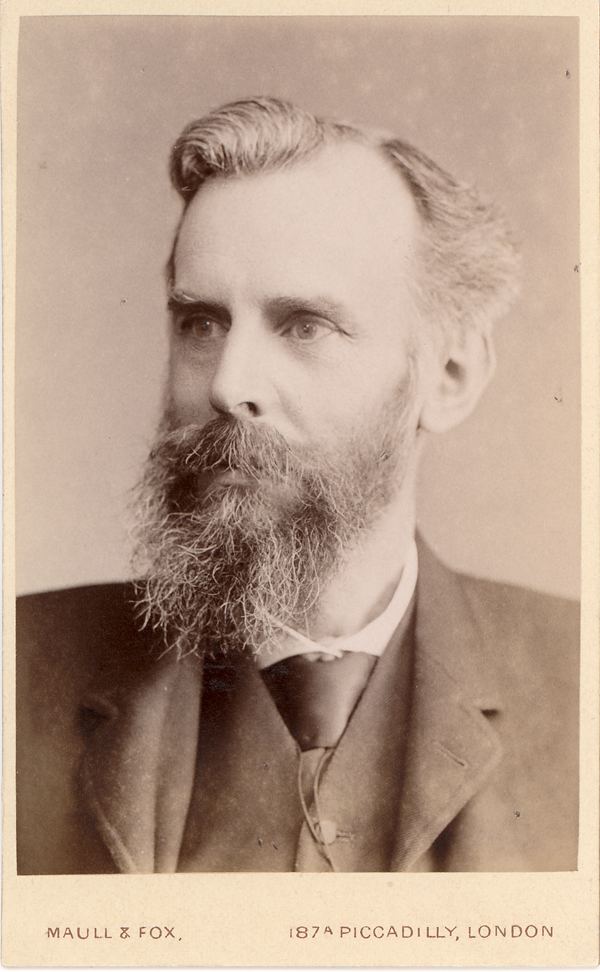 | ||
Fields MathematicsLogicPhilosophy Alma mater University of Cambridge Siblings Henrietta Venn, Susan Venn Books The logic of chance, Alumni Cantabrigienses, Assessing Students with Spec, The principles of empiric, Early collegiate life | ||
Grandparents John Venn (1759–1813) | ||
John venn google doodle diagrammes de venn
John Venn, FRS, FSA, (4 August 1834 – 4 April 1923) was an English logician and philosopher noted for introducing the Venn diagram, used in the fields of set theory, probability, logic, statistics, and computer science.
Contents
- John venn google doodle diagrammes de venn
- John venn s interactive venn diagram google doodle
- Life and career
- Charity work and a civic presence in the town of Cambridge
- Memorials
- Publications
- References
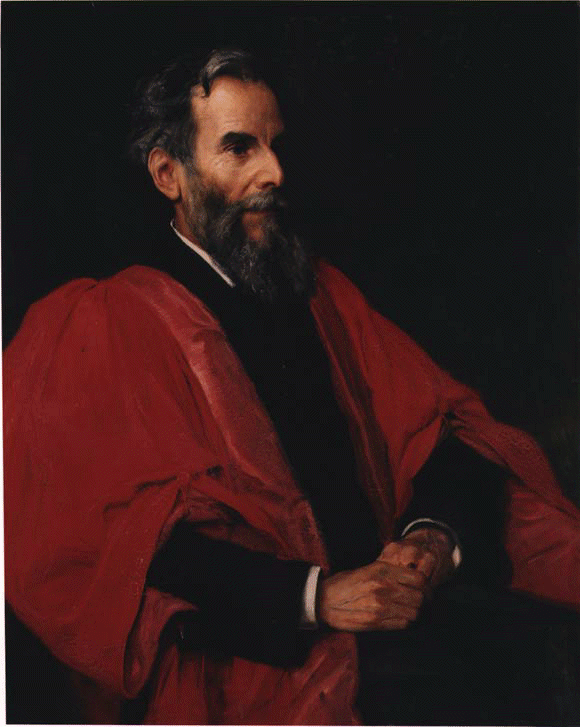
John venn s interactive venn diagram google doodle
Life and career
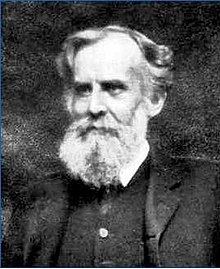
John Venn was born on 4 August 1834 in Kingston upon Hull, Yorkshire to Martha Sykes and Rev. Henry Venn, who was the rector of the parish of Drypool. His mother died when he was three years old. Venn was descended from a long line of church evangelicals, including his grandfather John Venn.Venn was brought up in a very strict atmosphere at home. His father Henry had played a significant part in the Evangelical movement and he was also the secretary of the ‘Society for Missions to Africa and the East’, establishing eight bishoprics overseas. His grandfather was pastor to William Wilberforce of the abolitionist movement, in Clapham.
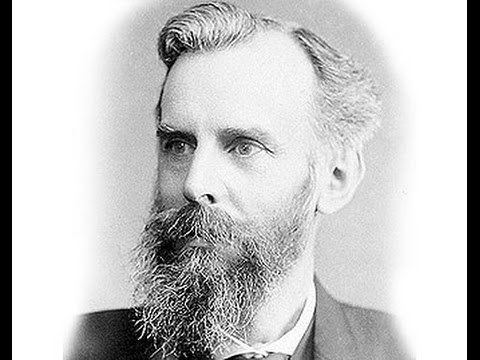
He began his education in London joining Sir Roger Cholmeley's School, now known as Highgate School, with his brother Henry in September 1846. He moved on to Islington proprietary school and in October 1853 he went to Gonville and Caius College, Cambridge. In 1857, he obtained his degree in Mathematics and became a fellow. In 1903 he was elected President of the College, a post he held until his death. He followed his family vocation and become an Anglican priest, ordained in 1859, serving first at the church in Cheshunt, Hertfordshire, and later in Mortlake, Surrey.
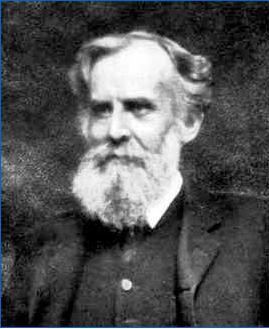
In 1862, he returned to Cambridge as a lecturer in moral science, studying and teaching Logic and probability theory, and, beginning around 1869, giving intercollegiate lectures. These duties led to his developing the diagram which would eventually bear his name.
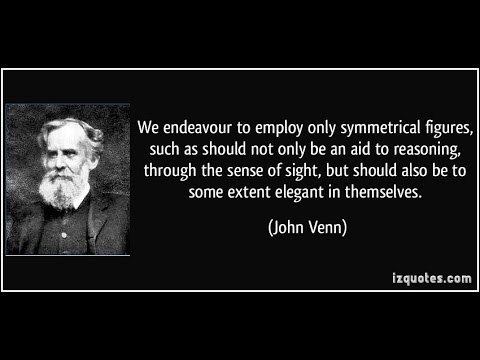
Venn built rare machines. The function of the machine was to bowl cricket balls. The machine was so fascinating that when the Australians were visiting Cambridge, the machines were used to entertain them. The bowl cricket ball that Venn built actually bowled out the top ranked player of the team four times consecutively.
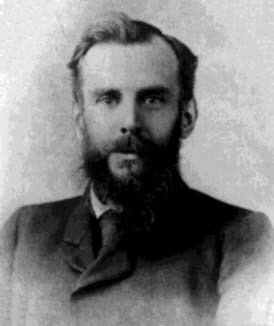
I began at once somewhat more steady work on the subjects and books which I should have to lecture on. I now first hit upon the diagrammatical device of representing propositions by inclusive and exclusive circles. Of course the device was not new then, but it was so obviously representative of the way in which any one, who approached the subject from the mathematical side, would attempt to visualise propositions, that it was forced upon me almost at once.

In 1868, he married Susanna Carnegie Edmonstone with whom he had one son, John Archibald Venn. His son entered the mathematics field as well.
In 1883, he resigned from the clergy, having concluded that Anglicanism was incompatible with his philosophical beliefs. In that same year, Venn was elected a Fellow of the Royal Society and was awarded a Sc.D. by Cambridge.
He died on 4 April 1923.
Charity work and a civic presence in the town of Cambridge
Newspaper archives show that Venn was a very active member of local civic society in Cambridge, and a committee member of the Cambridge Charitable Organisations Society - elected vice-chairman in December 1884.
Venn was president of the Cambridge Antiquarian Society for 1908-1909. He is also listed as a vice president of the Cambridge Provident Medical Institution.
Venn was a prominent supporter of votes for women. He co-signed with his wife Susanna, a letter to the Cambridge Independent Press published 16 October 1908, encouraging women to put themselves forward as candidates for the up-and-coming Cambridge town council elections. The letter was co-sponsored by Lady Maud Darwin, wife of Sir George Darwin and daughter-in-law of Charles Darwin, plus Florence Ada Keynes, who would later go on to become the first woman elected to Cambridge Town Council (now Cambridge City Council) and the second woman to become Mayor of Cambridge, in 1932-1933. She's also known for being the mother of the economist John Maynard Keynes.
The newspaper archives reveal that Venn was also a passionate gardener, regularly taking part in local competitions organised by groups such as the Cambridgeshire Horticultural Society, winning prizes for his roses in July 1885 and for his white carrots later that September.
Memorials
Publications
Venn compiled Alumni Cantabrigienses, a biographical register of former members of the University of Cambridge. His other works include:
